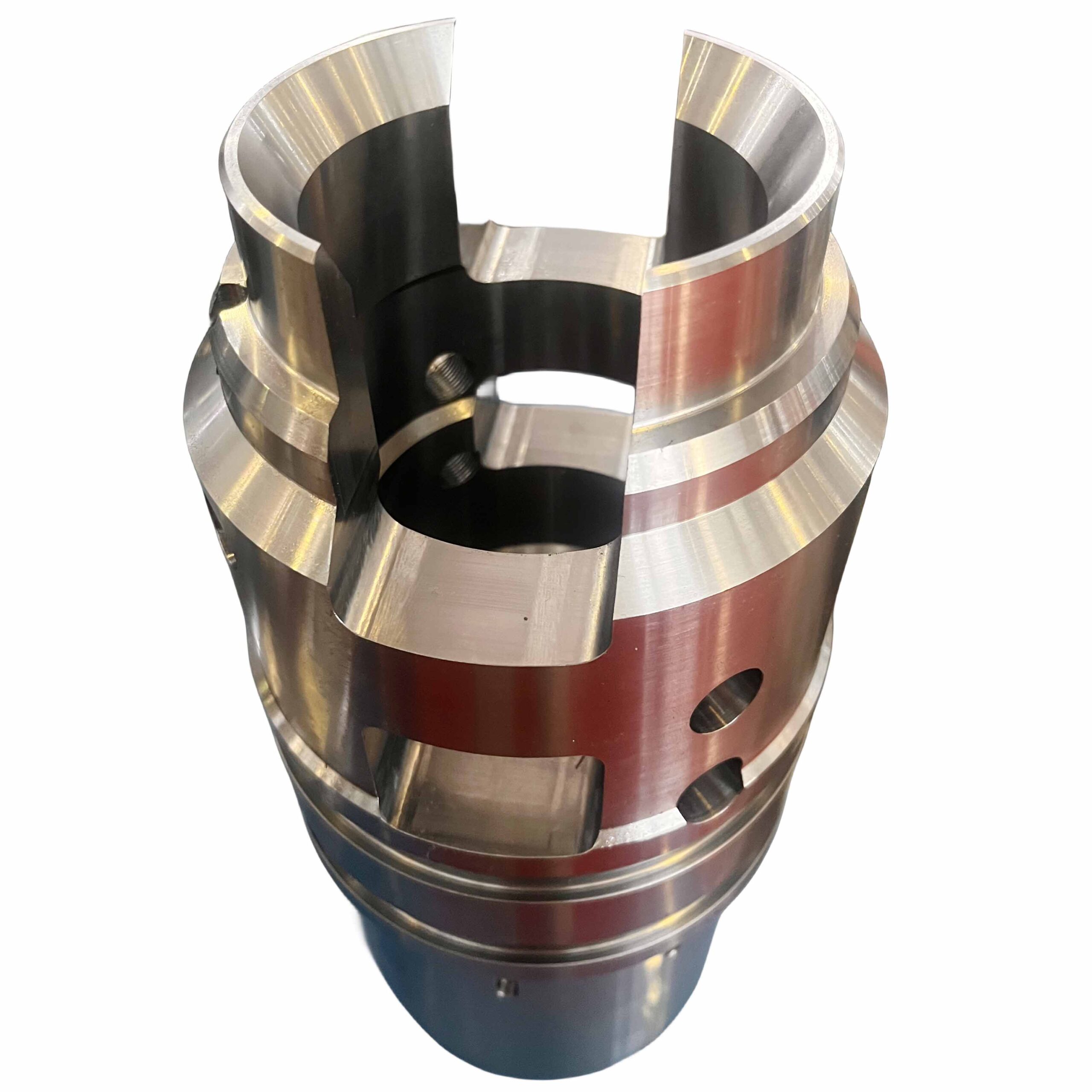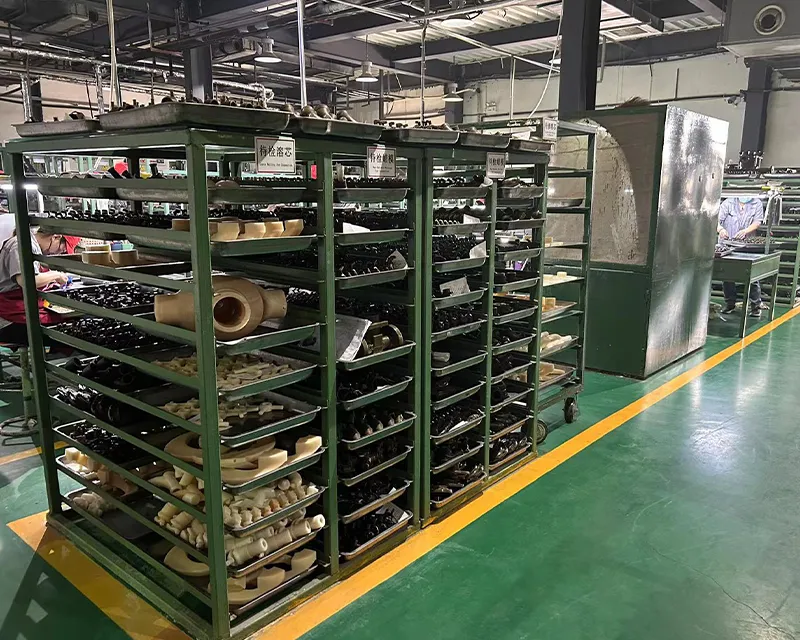Different Types of Aluminum Casting
All aluminum that is cast is made from aluminum and added alloy considering aluminum by itself is not very resilient. When making the decision for the type of casting method, the choice depends on the type of part as well as the strength required, its size and the quantity. Once the design is accepted, one of the following processes is available to be chosen for production of your part, though what is listed is a small sample of what we can offer.
Die Casting
Die casting uses pressure to force molten aluminum into a die. This procedure is used for mass production of parts and requires very little finishing and machining. The main cost of die casting is in the tooling process and the creation of the die. There are two types of die casting: low and high pressure where high pressure requires a complicated die and low pressure uses a simple one.
Benefits to Die Casting
- Die casting offers complicated designs with tighter tolerances compared to many other mass manufacturing methods.
- Die castings are created in larger quantities with little to no machining needed.
- Die casting produces parts that are sturdy, dimensionally stable, and of high quality.
- Die castings can be made with surfaces that mimic many different textures.
- Compared to most other casting methods, including sand and permanent castings, die-cast surfaces are smoother.
Permanent Mold Casting
Permanent mold casting uses steel or other metals to create the mold and cores. It is used to make repeatable parts that are consistent throughout a run. The molten aluminum is poured into the mold where it cools very quickly to create a very consistent microstructure that improves its mechanical properties.
Benefits of Permanent Mold Casting
Permanent mold casting is highly useful for manufacturing products in batches since the molded parts have precise dimensions.
- The procedure is well suited for producing intricate pieces with high accuracy.
- This method is suited for manufacturing numerous pieces that are assembled later. It can also rapidly produce accurate and complicated metal castings.
- The permanent mold casting process is frequently less expensive than other metal casting techniques such as die casting.
Sand Casting
In the sand casting process, a mixture of sand is packed around the desired shape of the product. The sand pattern is slightly larger than the final product to allow for shrinkage during cooling. Sand casting is a very economical method for casting aluminum given that the sand can be used multiple times to produce a variety of parts. It is perfect for large molds or parts that are highly detailed. The tooling process is inexpensive and is designed for the production of specialized or custom parts.
Benefits of Sand Casting
- Sand casting parts might be as small as a few millimeters and grams or as large as many meters and tons. Only the limitations placed by the handling and supply of molten metal limit the cast’s size and weight, enabling large pieces to be made.
- No other method has as many options for sculpting intricate features as sand casting, which yields components closely resembling net shapes.
- As long as an engineering alloy can be melted, practically any form of engineering alloy may be cast.
- Compared to other metal manufacturing techniques, tooling and equipment costs are minimal. Consequently, sand casting is one of the most affordable ways to produce components.
Airset/Nobake Casting
Airset/nobake casting is a type of sand casting involving the creation of a mold from chemically treated sand. It offers a better surface finish on the final product and a tighter dimensional tolerance. The mold for this sand method can be created quickly, but the cast part may have a slightly rougher finish. A benefit of airset/nobake casting is the consistency from part to part with few surface defects.
Benefits of Airset/Nobake Casting
- Airset molds do not require heating to harden, unlike shell molds.
- Airset casting can provide a better surface polish and tighter dimensional tolerances compared to other sand casting techniques, such as greensand.
- The chemical bonding agent added to the molding sand makes airset casting special. The casting of the molds can be done fast.
- With extremely few surface flaws, airset casting can offer remarkable consistency from part to part.
How to Choose the Right Casting Method
Based on the required factor, i.e., speed, quality, or strength, here are methods that can be chosen:
- For Speed:In contrast to permanent mold technologies, sand casting offers a large output of parts in a short length of time. Due to the pressured injection process, die casting offers the fastest manufacturing pace.
- Quality of Finish: The smoothest surface finish from a mold is offered by permanent mold casting and die casting.
- For Strength: The strongest material is provided by permanent mold casting in the finished product. Die casting is quite like permanent mold casting, but permanent mold casting is superior to die casting in this case.
- Quantity: Sand casting is the best method when only a few pieces are required. However, die casting might be preferable for higher volumes, considerably more than 100,000.




